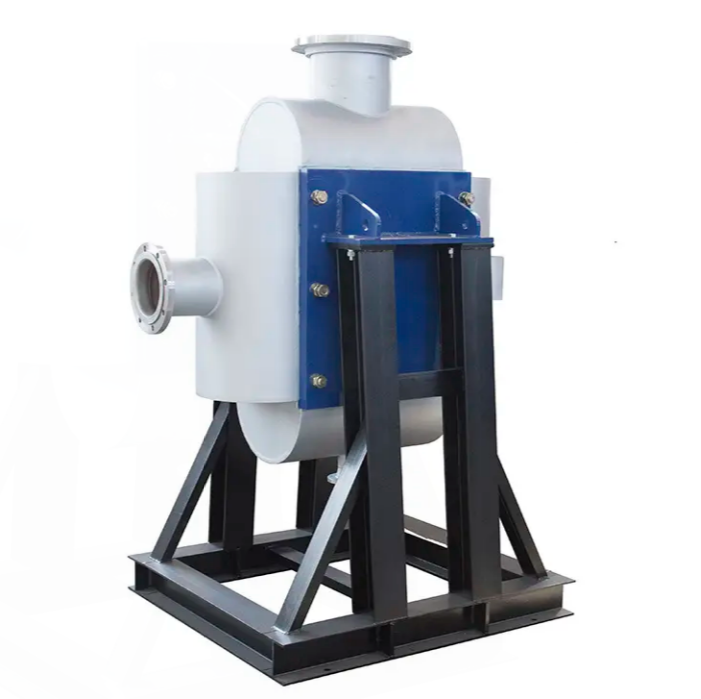In modern industrial and commercial sectors, heat exchangers play a crucial role in enhancing energy efficiency and optimizing processes. Welded plate heat exchangers and gasketed plate heat exchangers are two prevalent types, each distinguished by their unique design philosophies and structural features, catering to different environmental applications and needs.
Welded plate heat exchangers are highly esteemed for their efficient heat transfer capabilities and robust resistance to high temperatures and pressures. Typically made from stainless steel or other corrosion-resistant materials, their plates are welded together, ensuring stable operation under extreme conditions. These exchangers are particularly suitable for chemical, energy, maritime, and other heavy industries, excelling in handling high temperatures, high pressures, or corrosive fluids. However, maintenance of welded plate heat exchangers can be complex, often requiring specialized technical support for repairs or cleaning.
On the other hand, gasketed plate heat exchangers are favored for their outstanding flexibility and ease of maintenance. Composed of multiple plates sealed with gaskets, they can be easily assembled or disassembled as needed. This design not only facilitates regular cleaning and maintenance but also allows for capacity adjustments based on actual requirements. Gasketed plate heat exchangers are extensively used in food processing, pharmaceuticals, HVAC, and light industries, providing efficient and cost-effective heat exchange solutions for mild operational conditions.
Cost-wise, gasketed plate heat exchangers generally offer an advantage in initial investment and operational costs, suitable for scenarios with limited budgets but requiring frequent maintenance. In contrast, while welded plate heat exchangers may have higher upfront costs, their durability and adaptability to harsh environments make them an ideal long-term investment.
In summary, welded and gasketed plate heat exchangers each have their unique advantages and application scenarios. Understanding their distinct characteristics can help businesses and engineers make appropriate choices based on specific industrial requirements and operational conditions, not only ensuring the efficiency of the process but also maximizing cost-effectiveness.

Post time: Mar-08-2024

